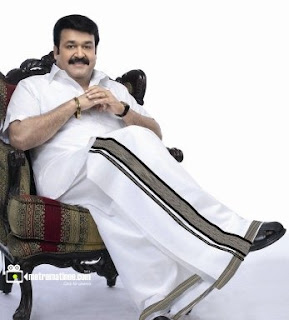culture of Kerala
KERALA -CULTURE
INTRODUCTION:
Kerala is a south Indian state which is surrounded by Tamilnadu and Karnataka. It is also known as God's Own Country, Spice Garden of India, Land of Coconuts.

CULTURE:
Kerala also has several tribal and folk art forms. For example, Kummattikali is the famous colorful mask-dance of South Malabar, performed during the festival of Onam. The Kannyar Kali dances are fast moving. Also there are various performance provided by Kerala peoples that are Islam- or Christianity-themed. These include oppana, which is widely popular among Keralite Muslims and is native to Malabar.
TEMPLES:
Kerala has a large number of temples. The temples celebrate annual festivals which are not only unique to the region but sometimes have features that are unique to each temple. Each temple describes each interesting history behind its creation. In the Malabar, distinct art form called Theyyam attract tourists, and mini carnivals are also held along with temple festivals. Temple festivals are taken up with great pride by the residents and patrons of the temple and celebrated with much care.
ONAM:
Onam is the biggest and the most important festival of the state of Kerala, and is its national festival since 1961. It is a harvest festival and is celebrated with joy and enthusiasm all over the state by people of all communities. According to a popular legend, the festival is celebrated to welcome King Mahabali, whose spirit is said to visit Kerala at the time of Onam.
Onam is celebrated in the beginning of the month of Chingam, the first month of the Malayalam Calendar (Kollavarsham). This corresponds with the month of August-September according to the Gregorian Calendar. The carnival of Onam lasts from four to ten days. First day, Atham and tenth day, Thiruonam are most important of all.
KERALA WEDDING:
Kerala is a beautiful amalgamation of three kinds of wedding rituals: Nair weddings, Syrian Christian, along with other Indian forms of weddings. It is interesting to see how each wedding is in some way similar to the other but, very different too. The exchange of trays
marks the finalization of the match in case of Nair and other weddings while fixing of the church and taking permission from authorities marks the finalization in case of Christian weddings
. The Christian wedding marks its opening with an oil bath and sweet banana milk that both bride and bridegroom have. The bride then reaches the Church in the car sent by the bridegroom where they exchange their vows. A party before the marriage and visit to the temple to seek blessings opens the marriage ceremonies for the Hindu weddings. For the Hindu weddings, the ceremonies are conducted either at the bride’s home or in a large auditorium. First, the groom is welcomed by the bride’s brother before they sit at the mandap to exchange the vows. It is during the actual ceremony that they tie the mangalstura
apply sindoor and perform the rituals that complete the ceremony.
DRESS:
In Kerala the Lungi, locally known as Kaili or Kalli Mundu, is worn by both men and women. It is considered a casual dress or working dress of labourers. Most men in Kerala use lungi as home dress or sleep dress. Lungis are generally colourful, and with varying designs. Lungis are not used during occasions such as weddings or other religious ceremonies. Saffron-coloured mundus are also known and kaavi mundu.
BY:
SOWMIYA K
I BCA
|






Kerala is the greenish land of India where one can't find scarity of resources..superb!
ReplyDelete